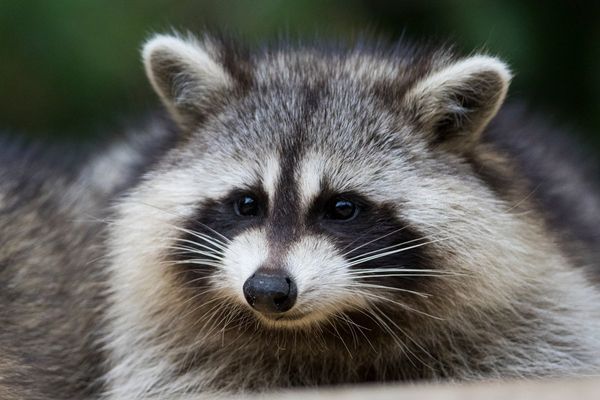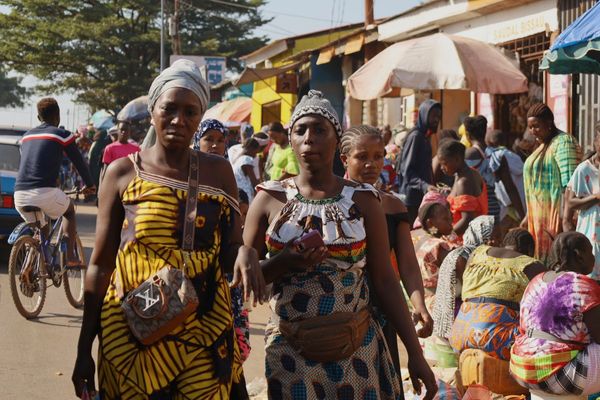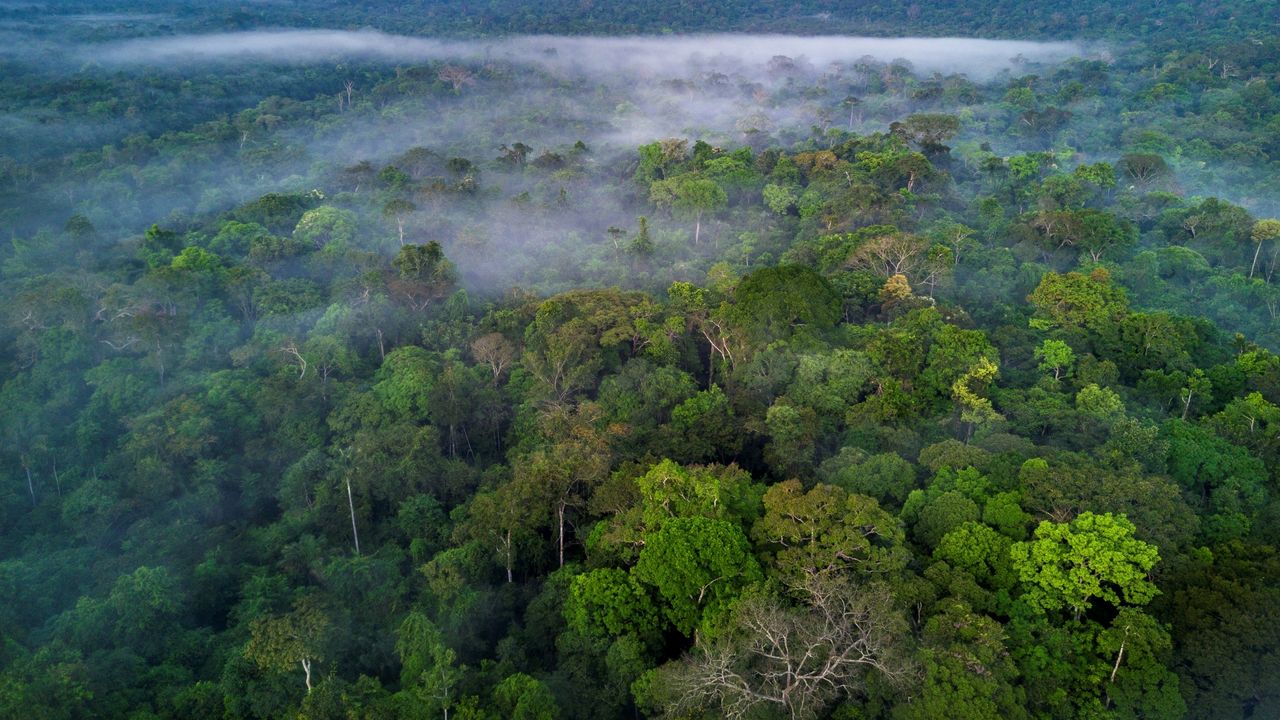
Although rainforests cover only a small percentage of Earth's total surface area, they're home to half of the world's plant and animal species. As the name suggests, rainforests are also very wet: They receive more than 70 inches (178 centimeters) of rain each year, on average.
There are many types of rainforests, but they can be split into two general categories: tropical and temperate. Tropical rainforests are hot, lush forests located close to the equator, while the rarer temperate rainforests are found farther north or south of the equator, near coastal areas, according to the NASA Earth Observatory. All of the biggest rainforests on Earth fall into the former category, but we've included the largest temperate rainforest as an honorable mention.
It's tricky to compare rainforest sizes because where they start and finish is not always clear; a single forest can span several countries and may be broken up. Rainforest sizes also fluctuate over time due to climate change and deforestation. There's no doubt about the largest and second-largest rainforests on this list, but the remaining two are based on estimates and expert opinion.
4. Sundaland rainforest
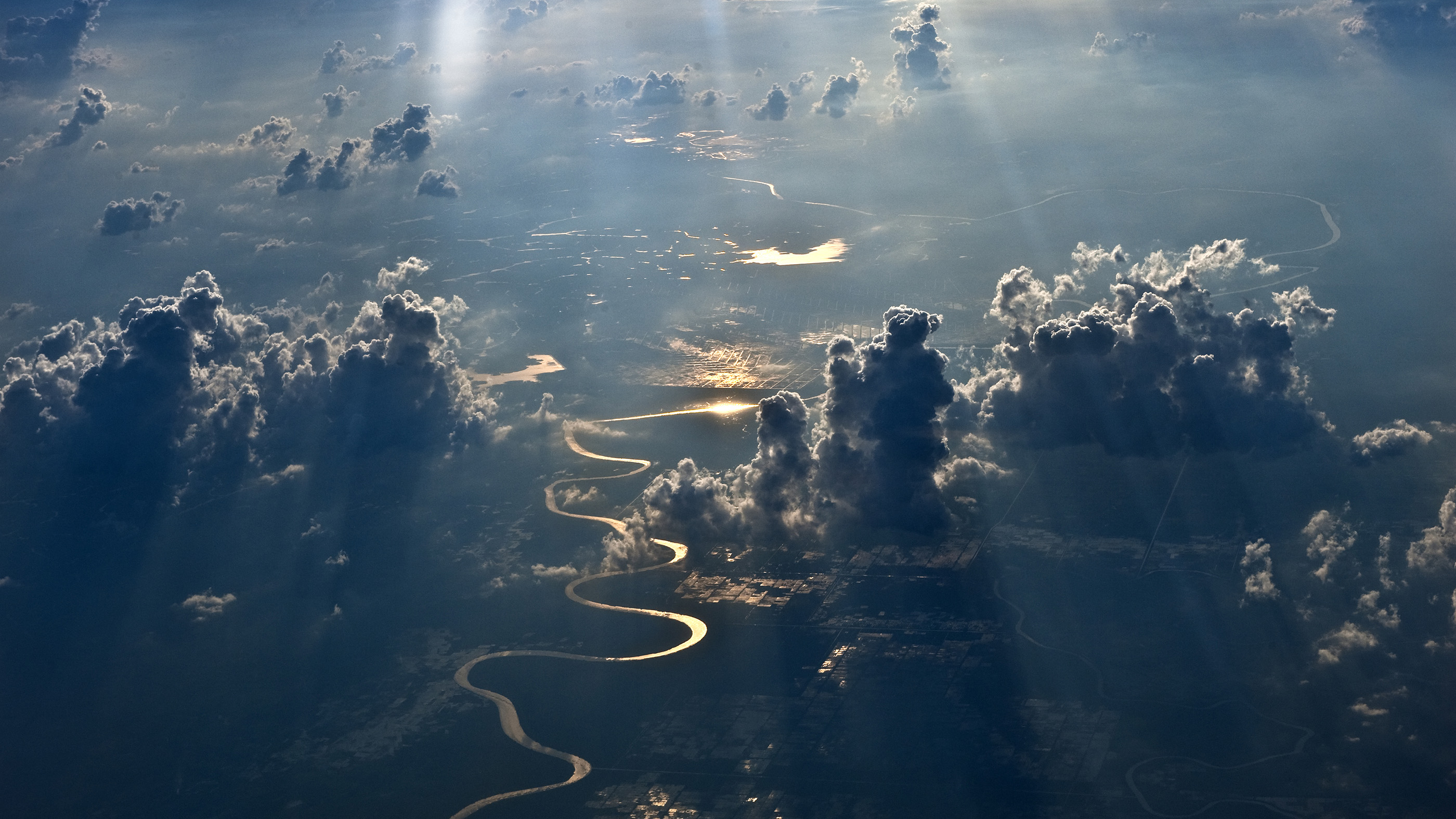
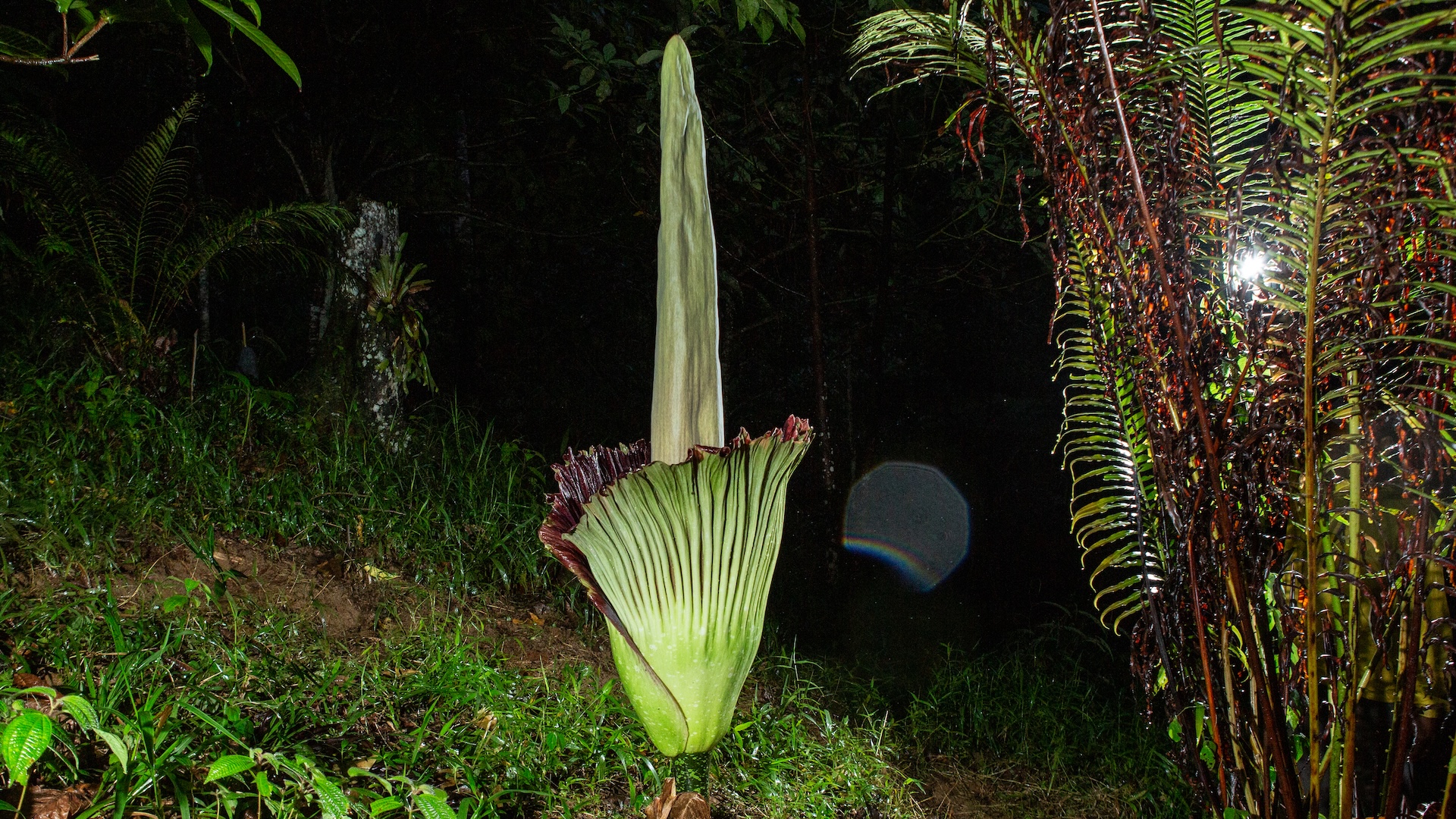
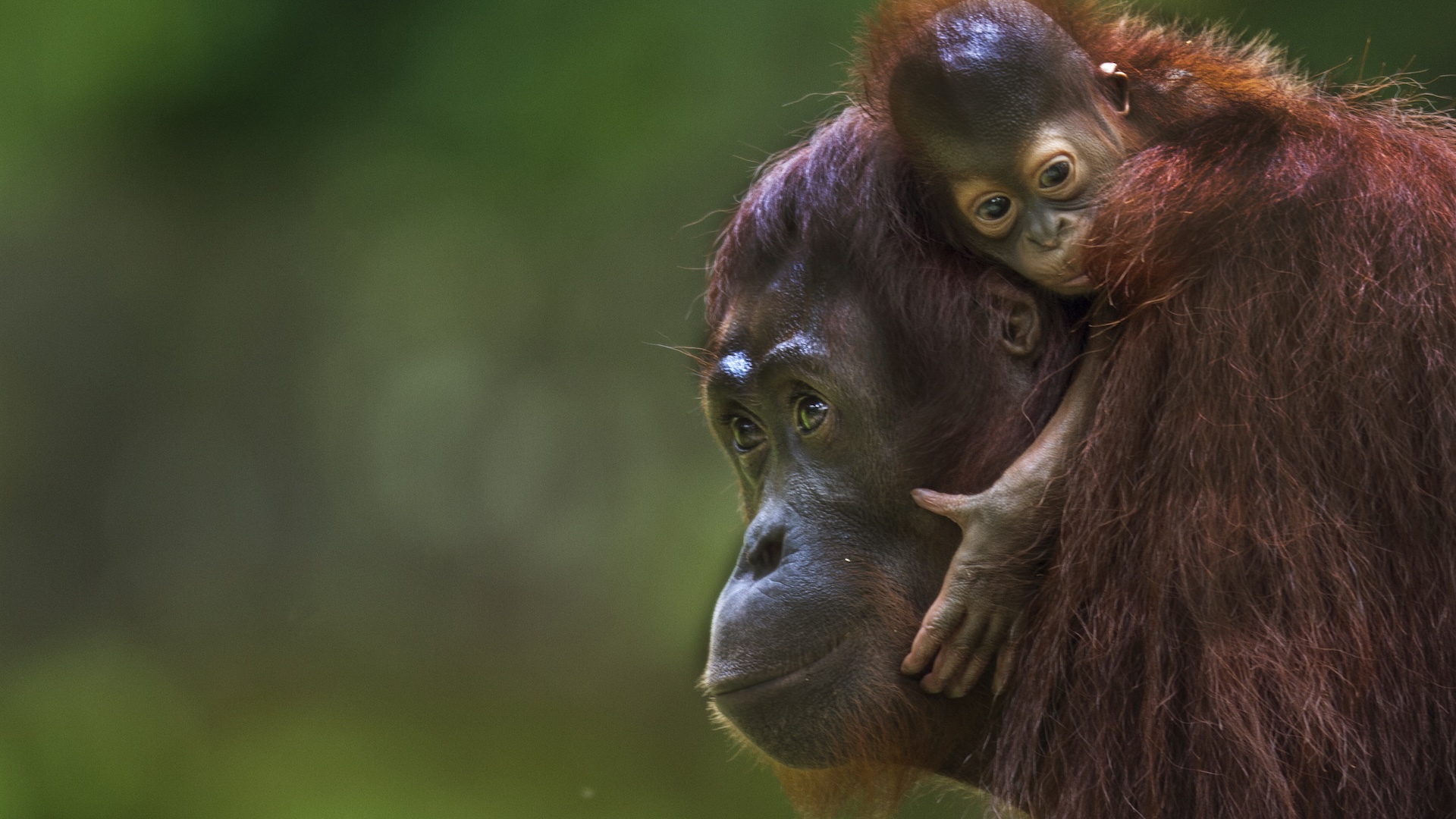
The Sundaland rainforest is the fourth-biggest rainforest in the world, at about 197,000 square miles (510,000 square km), according to Mongabay, a nonprofit news website for environmental science and conservation. The rainforest includes the Malay Peninsula on mainland Southeast Asia and the nearby islands of Sumatra, Java and Borneo. It spans Indonesia, Malaysia, Brunei, Thailand and Singapore.
The Sundaland rainforest is home to many species, including orangutans, Bornean rainbow toads (Ansonia latidisca) and corpse flowers (Rafflesia arnoldi), the world's largest flower. Indonesia's primary rainforest has declined by more than 37,000 square miles (97,000 square km) since 2001, according to data from Global Forest Watch, a nonprofit that monitors forests around the world. Nonetheless, Elizabeth Goldman, a research manager for Global Forest Watch at World Resources Institute, told Live Science she considers the country one of the brighter spots when it comes to deforestation.
"Historically, there has been a lot of commercial oil palm plantation establishment or timber extraction," Goldman said. But in recent years, she added, "we've seen decreasing primary forest loss in Indonesia and Malaysia." The Indonesian government has been very active in trying to reduce deforestation, especially since the country was badly affected by fires in 2015, she added.
3. New Guinea rainforest

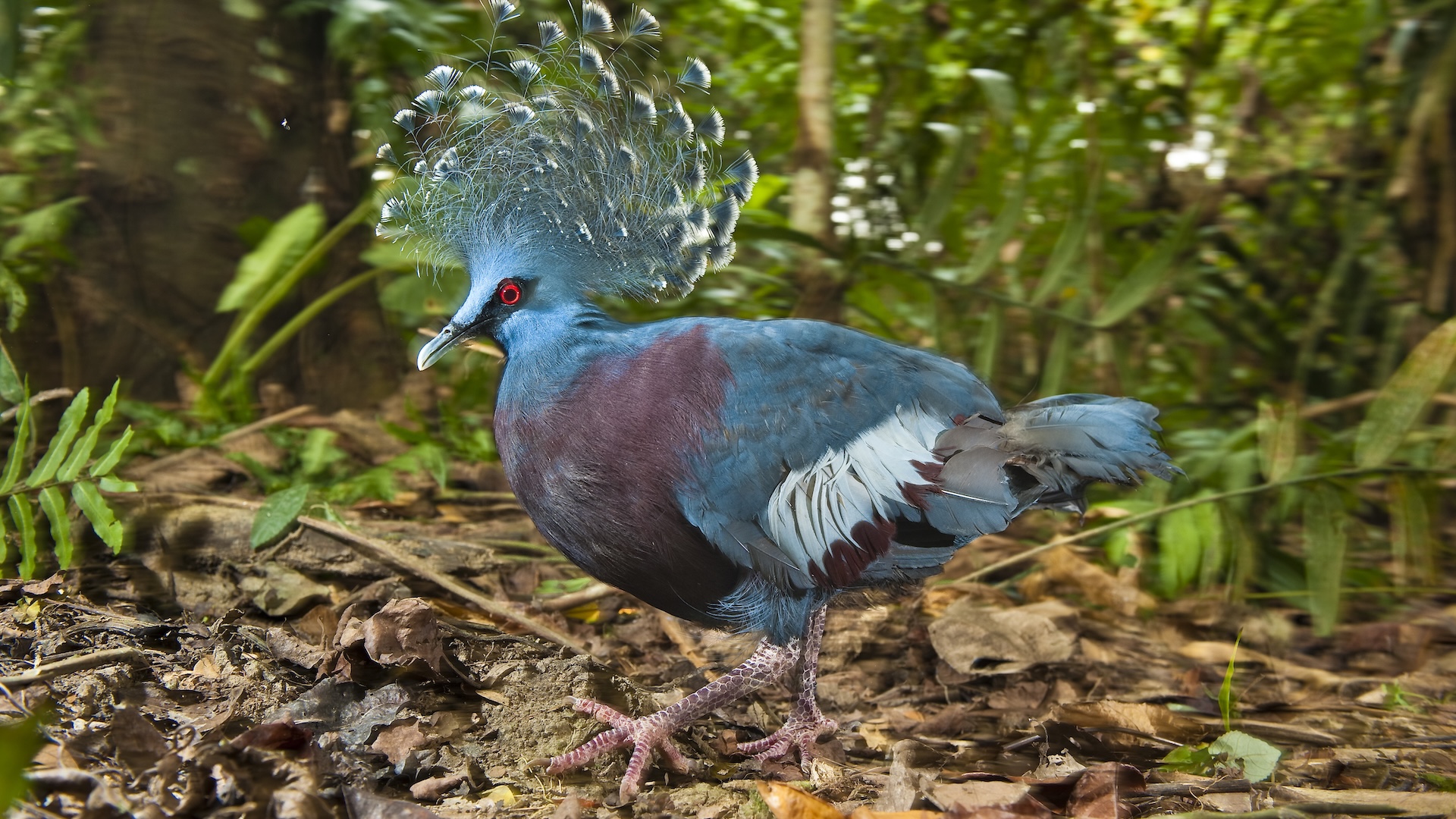

The third-largest continuous rainforest in the world is on the island of New Guinea, which is split into two countries: The eastern half is part of Papua New Guinea, and the western half belongs to Indonesia. This island covers about 303,000 square miles (786,000 square km) and is home to at least 5% of the world's plant and animal species, including tree kangaroos and crowned pigeons, according to the WWF.
The New Guinea rainforest can also be mapped to include the forests of northern Australia as they were once connected; New Guinea and Australia became separated by ocean about 11,700 years ago, according to the Australian government's Geoscience Australia website.
Commercial logging and agriculture are rapidly deforesting New Guinea. The process usually starts with selective logging of commercially valuable timber, with the area then more likely to be converted to industrial plantations to grow crops such as oil palm trees, according to Mongabay.
2. Congo Basin
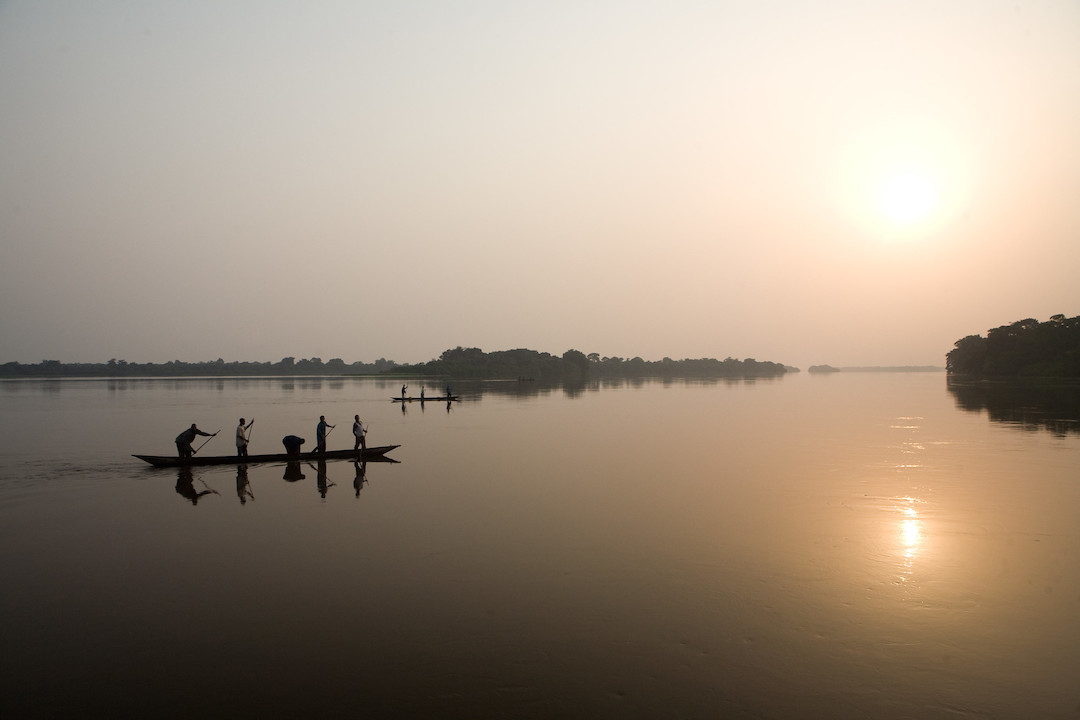

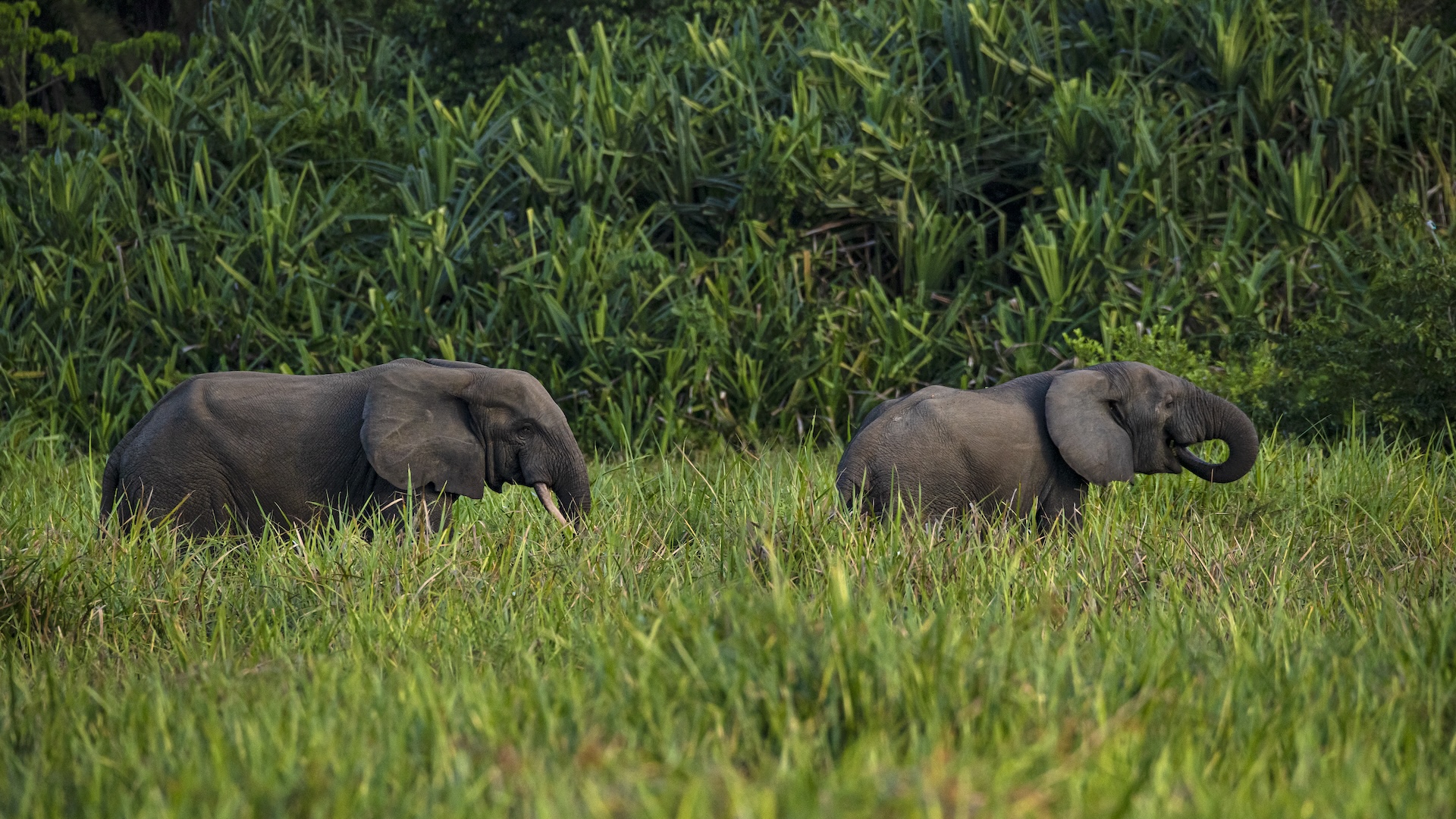
The Congo Basin rainforest in Central Africa is the second-largest rainforest, spanning more than 780,000 square miles (2 million square km), according to the WWF. The rainforest encompasses six countries in West and Central Africa: Cameroon, Equatorial Guinea, Gabon, the Central African Republic, the Republic of the Congo and the Democratic Republic of the Congo (DRC). The DRC has more than 383,000 square miles (992,000 square km) of primary rainforest — more than any other country except Brazil, according to Global Forest Watch data.
Gorillas, forest elephants and thousands of other species call the Congo rainforest home. Many of these species, such as bonobos (Pan paniscus) and okapi (Okapia johnstoni), are found nowhere else on Earth. The Congo Basin is threatened by deforestation, primarily for agriculture. In contrast to the industrial agriculture deforestation in the Amazon, the Congo rainforest is typically cut down for smaller-scale agriculture — for example, by subsistence farmers who grow food to feed their families or to supply local markets, Goldman said.
"It's often cultivated for a few years until soil nutrients are depleted, and then it's left fallow for a number of years," Goldman said. "And oftentimes, the forest will actually come back as secondary forest and then will get cut again. So you see this shifting cycle of loss and regrowth in those areas." The forest is also threatened by expanding urban areas, mining and industrial logging, according to Mongabay.
1. Amazon rainforest
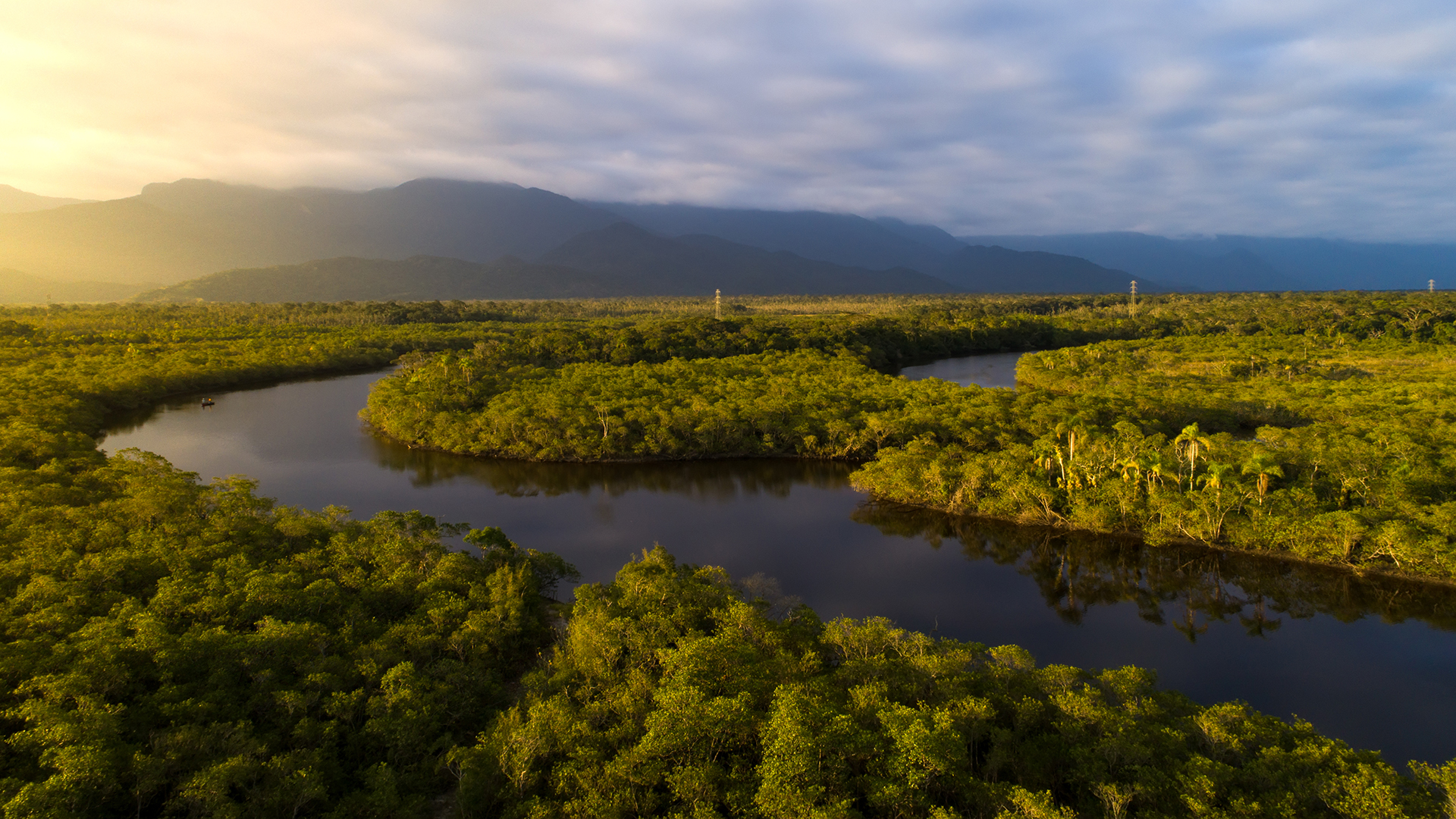

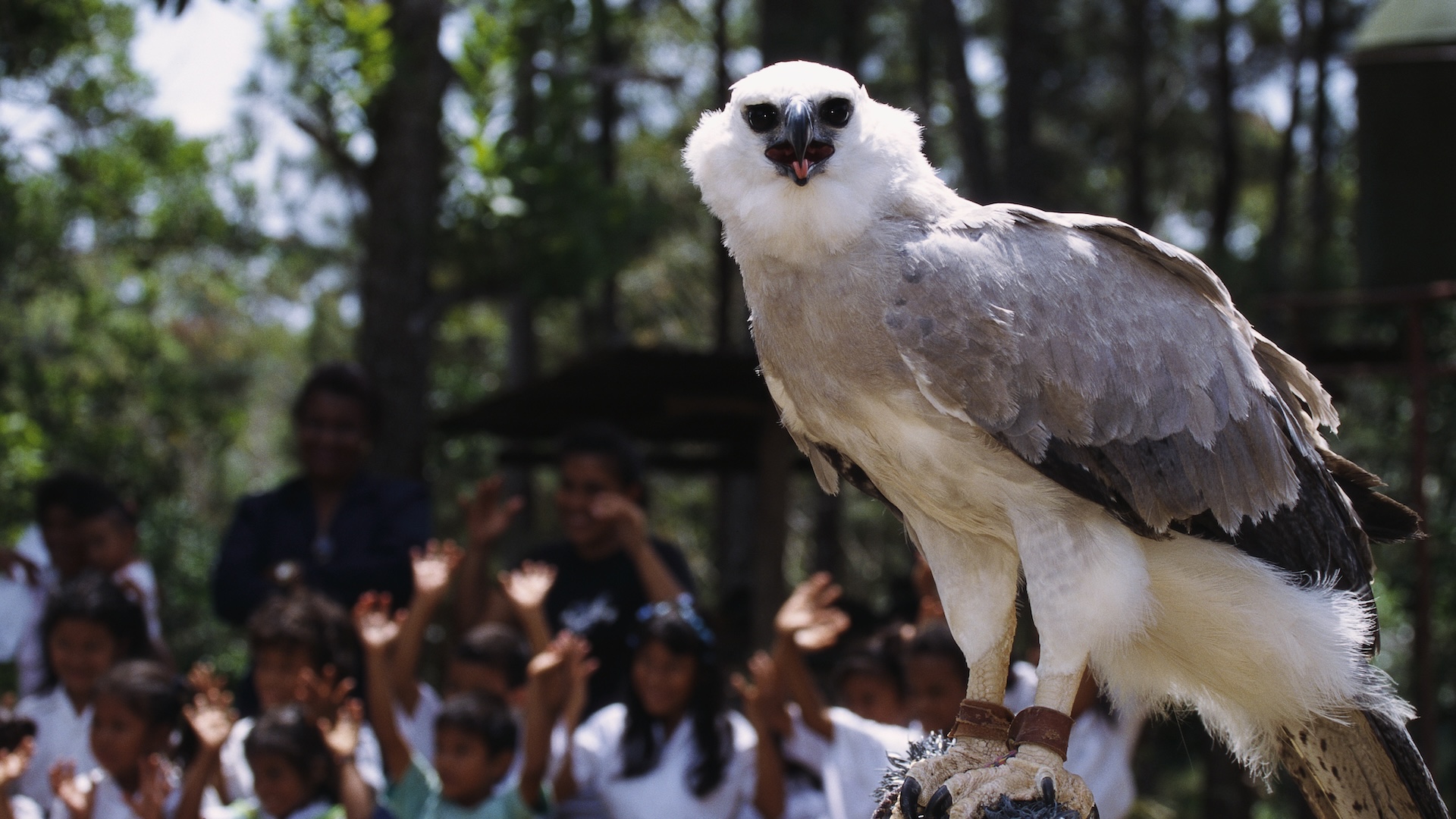
The Amazon rainforest in South America is, by far, the largest rainforest in the world. It covers about 80% of the Amazon basin, which spans at least 2.3 million square miles (6 million square kilometers), according to the NASA Earth Observatory. That's more than half the size of the U.S. and three times bigger than the next-largest rainforest. The Amazon is spread across nine countries in South America: Brazil, Peru, Colombia, Ecuador, Bolivia, Venezuela, Guyana, French Guiana and Suriname.
According to the WWF, the forest includes at least 10% of Earth's total biodiversity, or variety of plants, animals and other living things. This includes many species, such as sloths, harpy eagles (Harpia harpyja), Brazil nut trees (Bertholletia excelsa) and jaguars (Panthera onca).
Brazil has the largest chunk of the Amazon rainforest, with more than 1.2 million square miles (3.11 million square km) of primary rainforest. These are mature forests that haven't been disturbed in recent times. However, that forest is rapidly deteriorating; Brazil is also the No. 1 country for forest loss, with a decline of more than 100,000 square miles (260,000 square km) since 2001, according to data from Global Forest Watch.
"A lot of this is due to agricultural expansion," Goldman said. "Fires will be set to clear land, and oftentimes, those fires will escape into neighboring forests."
Amazon clearing is typically for larger-scale industrial agriculture — for example, for growing animals such as cattle and crops like soy, according to Goldman. Fires contribute to climate change, which causes the forests to become hotter and drier. That makes them more flammable, thus creating a destructive feedback loop. Data from the World Wildlife Foundation suggests that nearly 20% of the Amazon forest has been completely destroyed, and more of the forest has been degraded.
Related: The Amazon rainforest is officially creating more greenhouse gases than it is absorbing
Honorable mention: Tongass National Forest
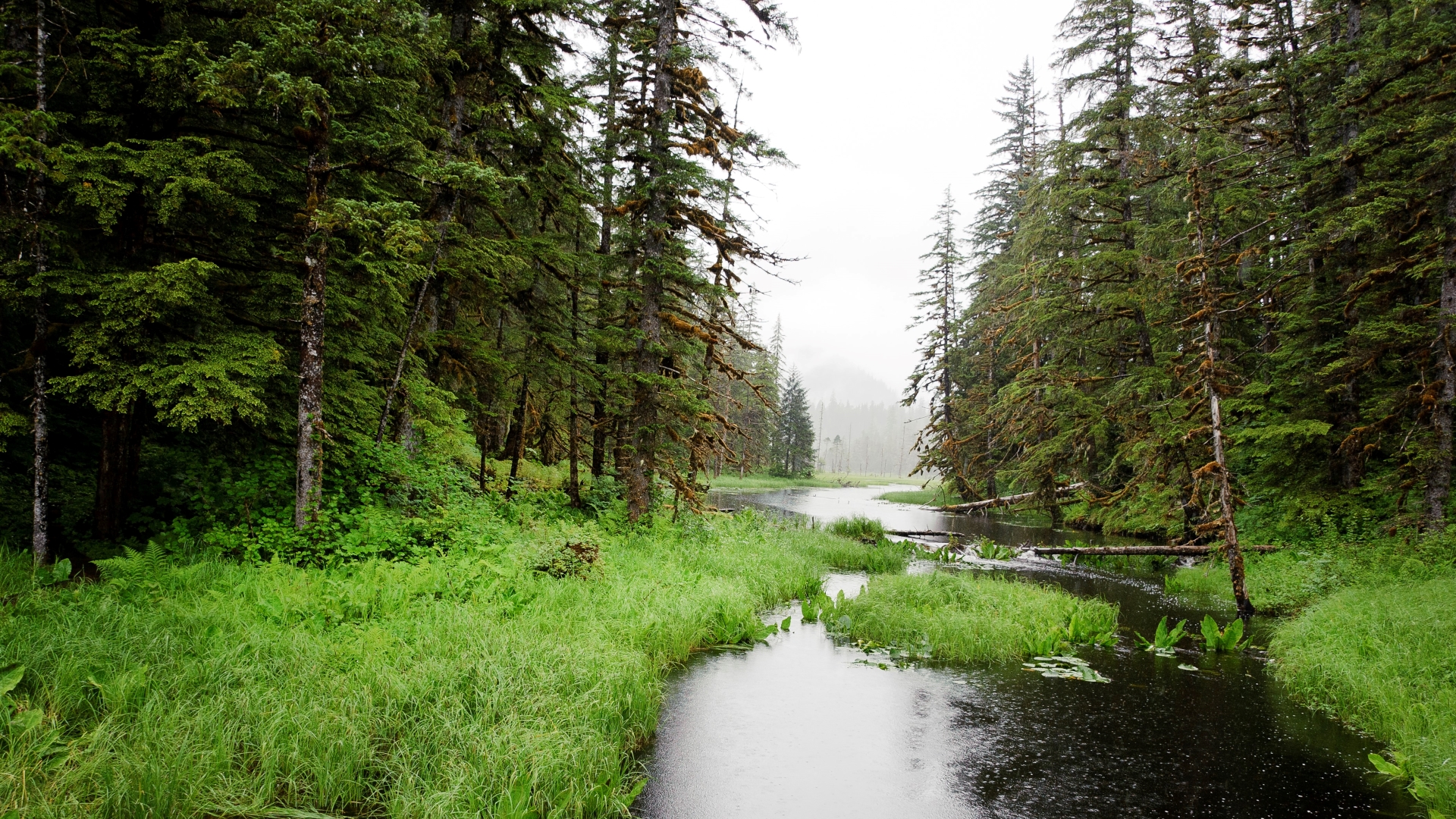
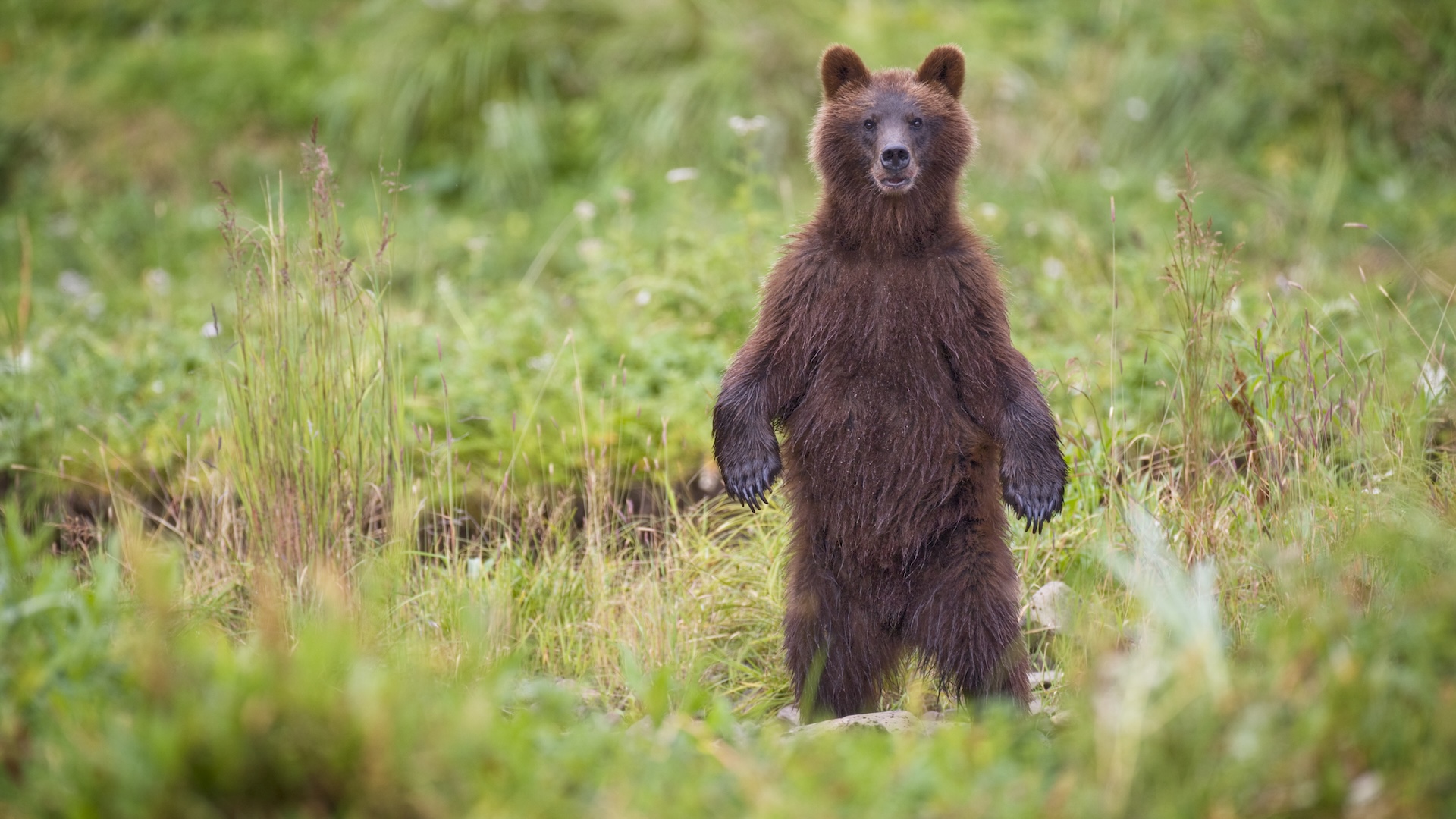
The largest temperate rainforest in the world is the Tongass National Forest in Alaska. It is much smaller than any of the tropical rainforests on this list, at about 26,250 square miles (68,000 square km), according to the U.S. Department of Agriculture (USDA). Temperate rainforests cover less land than tropical rainforests and are found in cooler climates, usually next to oceans.
Stretching along the coastline of southeast Alaska, the Tongass National Forest is home to wildlife such as salmon, brown bears (Ursus arctos), black bears (Ursus americanus) and bald eagles (Haliaeetus leucocephalus). The Tongass National Forest has declined over the past century due to logging and continues to be threatened by it today, according to the National Audubon Society, a nonprofit bird and habitat conservation organization. The forest is also vulnerable to climate change and threatened by drought, according to the USDA.



